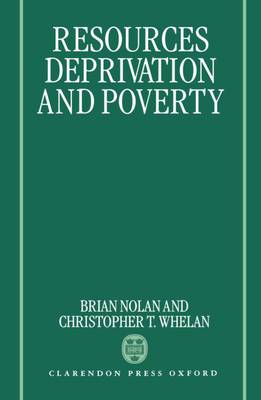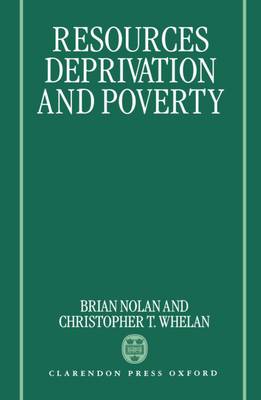
- Afhalen na 1 uur in een winkel met voorraad
- Gratis thuislevering in België vanaf € 30
- Ruim aanbod met 7 miljoen producten
- Afhalen na 1 uur in een winkel met voorraad
- Gratis thuislevering in België vanaf € 30
- Ruim aanbod met 7 miljoen producten
Zoeken
€ 354,45
+ 708 punten
Omschrijving
The core issue of this book is how to define and measure poverty in relatively rich countries in a way which is valid, meaningful in the context, and valuable for policy-making. The authors concentrate on the identification of the poor, rather than the subsequent aggregation of the statistics to derive an overall index of poverty--which is the focus of most recent literature. They show that poverty in developed countries cannot be understood and measured simply using current income. Those who are excluded from participation in society can be more accurately identified if broader measures of resources and direct idicators of deprivation are used. The issues are illustrated by data from a specially designed survey of a large representative sample of Irish households.
Specificaties
Betrokkenen
- Auteur(s):
- Uitgeverij:
Inhoud
- Aantal bladzijden:
- 272
- Taal:
- Engels
Eigenschappen
- Productcode (EAN):
- 9780198287858
- Verschijningsdatum:
- 1/08/1996
- Uitvoering:
- Hardcover
- Formaat:
- Genaaid
- Afmetingen:
- 152 mm x 229 mm
- Gewicht:
- 566 g

Alleen bij Standaard Boekhandel
+ 708 punten op je klantenkaart van Standaard Boekhandel
Beoordelingen
We publiceren alleen reviews die voldoen aan de voorwaarden voor reviews. Bekijk onze voorwaarden voor reviews.











